
Energy Transition
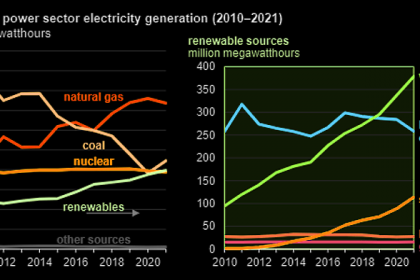
2022, April, 27, 11:20:00
U.S. RENEWABLES GROWTH
The increase in U.S. electric power sector renewable generation during 2021 came mainly from more wind and solar generation as a result of more wind turbines and utility-scale solar power plants coming online.
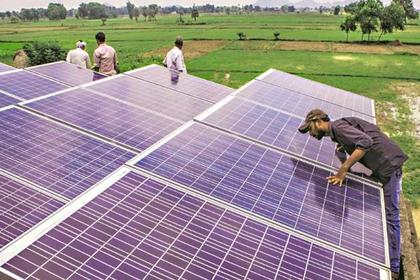
2022, April, 20, 11:10:00
INDIA SOLAR POWER 10 GW
The renewable capacity (excluding large hydro) in India reached 100 GW in August 2021, i.e. just over half of the 2022 target (175 GW).
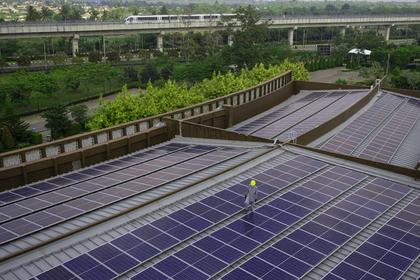
2022, April, 20, 11:05:00
INDONESIA SOLAR POWER 3.1 GW
In October 2021, Sunseap signed an MoU to explore and develop solar power systems with a combined capacity of 7 GW around the Riau islands, including a previously announced 2.2 GW floating solar PV in Duriangkang, Batam.
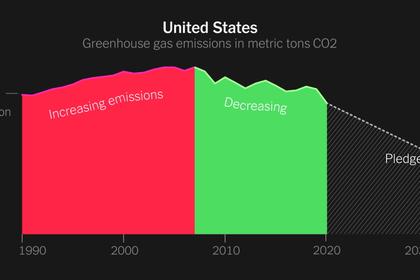
2022, April, 19, 14:10:00
U.S. GHG EMISSIONS DOWN
US greenhouse gas (GHG) emissions (including LULUCF) declined by 11% in 2020 to 5,222 MtCO2eq, i.e., 21% below 2005 levels, according to the United States Environmental Protection Agency.
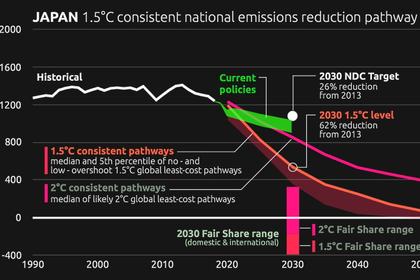
2022, April, 19, 14:05:00
JAPAN'S GHG EMISSIONS DOWN
Japan’s greenhouse gas (GHG) emissions decreased by 5.1% in the financial year 2020-2021 (April 2020-March 2021) to 1,150 MtCO2eq, their lowest level since 1990-1991, according to final figures from the Japanese Ministry of the Environment.
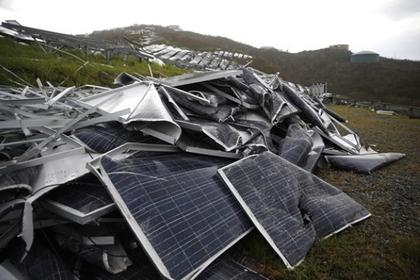
2022, April, 19, 14:00:00
SOLAR WASTES INCREASING
By 2050, we’re expected to reach about 88 million tons of solar panel waste.
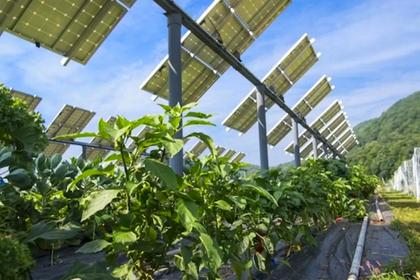
2022, April, 19, 13:55:00
AGRI SOLAR INCREASING
Agri-PV (or agrivoltaics) has emerged as a major trend in the solar industry and is poised to redefine the way solar PV projects are procured, designed, and built in many countries around the world.
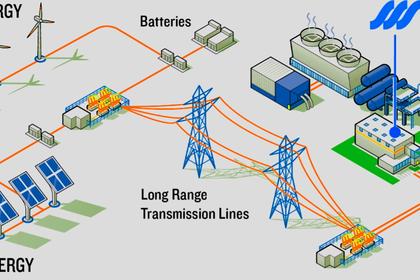
2022, April, 19, 13:50:00
GRID BALANCING GROWTH
A requirement to function through a 10-day period of low/no wind and solar and to recharge storage over the succeeding 10-day period, with a 20% capacity reserve margin, would require renewable generating capacity approximately 2.4 times peak demand on the grid.

2022, April, 15, 11:45:00
U.S. DOUBLE NUCLEAR
Doubling nuclear energy production will catalyse deployment of advanced nuclear energy technologies and play a major role in transitioning the USA to 100% clean energy by 2050,
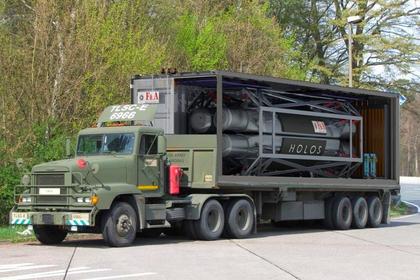
2022, April, 15, 11:40:00
U.S. MOBILE MICROREACTOR
The microreactor will be an "inherently safe" design capable of being transported by the Department of Defense (DOD) and able to deliver 1-5 MWe for a minimum of three years of full power operation.

2022, April, 14, 11:45:00
UAE, GERMANY HYDROGEN PARTNERSHIP
Agreements were announced during the visit of Dr. Robert Habeck, German Federal Minister for Economic Affairs and Climate Action, to the UAE. They build upon the longstanding Emirati-German Energy Partnership as well as the Ministerial Emirati-German Hydrogen Task Force that was inaugurated in November 2021.
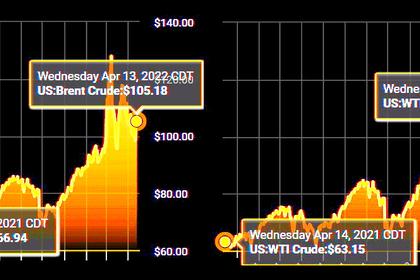
2022, April, 13, 12:50:00
OIL PRICES 2022: $108 - $102
The Brent price will average $108/b in 2Q22 and $102/b in the second half of 2022 (2H22).
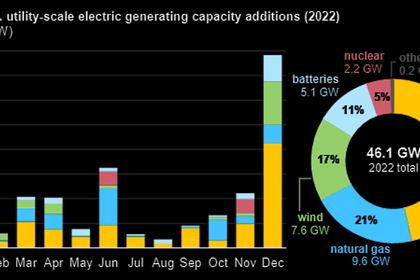
2022, April, 11, 12:55:00
U.S. SOLAR POWER GROWTH
Based on data from the third quarter, analysts expect to see a record 19 gigawatts of utility-scale solar and about 4 gigawatts of distributed solar installed in the United States this year.
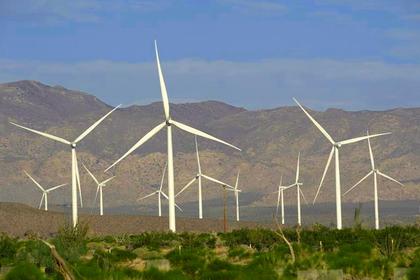
2022, April, 8, 10:35:00
U.S. WIND ENERGY 2,000 GWH
Wind turbines last Tuesday generated over 2,000 gigawatt-hours of electricity, edging out electricity generated by nuclear and coal (but still trailing behind natural gas).
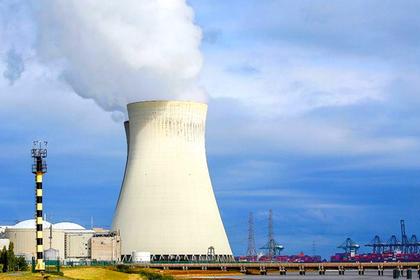
2022, April, 6, 11:20:00
POLAND'S NUCLEAR ENVIRONMENT
The Polish Energy Policy to 2040 assumes that in 2033 the first nuclear unit with a capacity of between 1000MWe and 1600MWe will begin operation. The next units will be implemented every two or three years.




